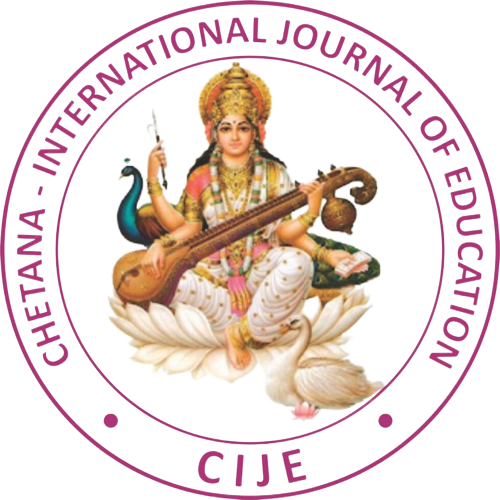“Advancing STEM Education Through STEAM and STREAM Integration: Challenges and Opportunities”
- View Abstract
- Download PDF
- Download Certificate
-
Published on: Sep 30, 2023
-
DOI: CIJE202383819
Dr Arshi Abbasi
Dr Arshi Abbasi, HOD in Education Department, Maa Bharti PG College, KOTA (RAJASTHAN)
Abstract This article explores the evolution of STEM education, focusing on ways to motivate and engage students in science, technology, engineering, and mathematics. It examines the rise of virtual and remote labs, and the historical development of STEM education as a response to the shortcomings of traditional education systems. The article then delves into the concept of STEAM, where art is integrated into STEM, and further expands the notion of STREAM, which includes Reading as an additional component. The importance of STEM education is discussed, highlighting its role in developing critical thinking, communication, collaboration, and creativity, referred to as the Four Cs. The National Education Policy (NEP) 2020 in India's context is also considered, emphasizing the significance of STEM education for the country's technological and innovative progress. The article suggests practical methods to implement STEM education, particularly in early childhood, through hands-on and experiential learning. Despite its growing popularity, STEM education faces challenges in terms of resource availability and resistance from some educators. To address these challenges, the article proposes the inclusion of arts and humanities, fostering empathy, creativity, and interdisciplinary skills, ultimately enhancing students' preparation for a rapidly changing world. By integrating arts and literacy with STEM studies, learners are equipped to face the complexities of the future and contribute positively to society. Keywords STEM, STEAM, STREAM, CREATIVITY, CRITICAL, THINKING, COLLABORATION


